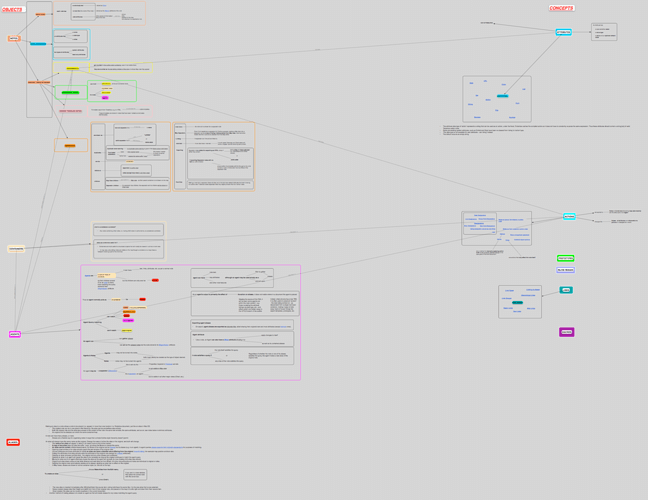I wasn’t referring to replicants/tags here. I did mention agents which in effect they can only ever hold aliases, hence the misunderstanding. You need to understand that although I might keep doing do the circle, I am trying the best I can. I can’t quite connect everything just yet, no matter how obvious it might be for you. It’s all slowly starting to click, but sometimes trivial questions do answer ones you never meant to ask. Therefore, may I ask, can this be done?
Can I get rococo with Actions on Regular containers?
Let’s assume I have a collection of lists of articles and a collection of categories of articles. Let’s name the article ‘Musical Form’; The original article will live in the, by article title list container collection and the duplicate will sit in two other containers within some classification scheme - well use an academic one in this instance . The top container for the categories collection will be 'Performing arts" and the original (“currently living in the list collection container”) will be duplicated twice, once in the ‘elements of music’ container and once more in the “musical composition” container. total of 3 articles, 3 living containers in the structural and titling sense. Can this process (CC/CV) be automated without manually having to keep track and go back for updates ?
I will give you and Mark an explanation shortly. I did briefly touch on the topic here:
see, I’m really trying very hard…
[/quote]
